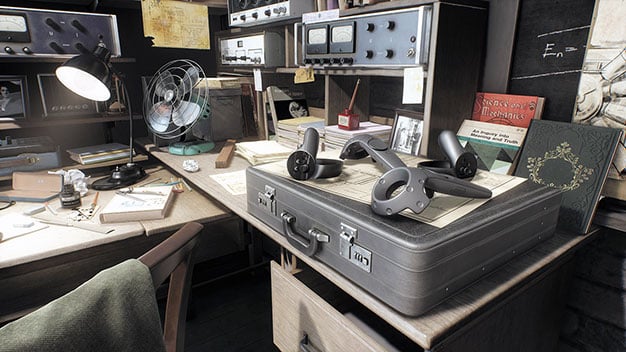AMD Radeon RX 580 And RX 570 Mainstream GPU Review: High Performance Polaris
AMD Radeon RX 580 & RX 570 - Test System And Unigine Superposition
How We Configured Our Test Systems: We tested the graphics cards in this article on a Gigabyte X99 Gaming 5P motherboard powered by an Intel Core i7-6900K octal-core processor and 32GB of G.SKILL DDR4 RAM. The first thing we did when configuring the test system was enter the UEFI and set all values to their "high performance" settings and disable any integrated peripherals that wouldn't be put to use. The memory's X.M.P. profile was enabled to ensure optimal memory performance and the solid state drive was then formatted and Windows 10 Professional x64 was installed and fully updated. When the Windows installation was complete, we installed all of the drivers, games, and benchmark tools necessary to complete our tests.
|
|
|
| Hardware Used: Intel Core i7-6900K (3.2+GHz, Octa-Core) Gigabyte X99 Gaming 5P (Intel X99 Chipset) Radeon RX 580 Radeon RX 570 Radeon RX 480 Radeon RX 470 GeForce GTX 1050 Ti GeForce GTX 1060 GeForce GTX 1060 OC 32GB G/SKILL DDR4-3200 OCZ Vertex 4 Integrated Audio Integrated Network |
Relevant Software: Windows 10 Pro x64 AMD Catalyst ReLive 17.4.2 NVIDIA GeForce Drivers v381.65 Benchmarks Used: Unigine Superposition 3DMark "Fire Strike" 3DMark "Time Spy" Rise Of The Tomb Raider Middle-Earth: Shadow Of Mordor Ashes Of The Singularity Escalation Hitman 2016 Tom Clancy's The Division VR Score |
|
|
|
Superposition is a brand-new benchmark from Unigine, powered by the UNIGINE 2 Engine. It offers an array of benchmark modes, targeting different use cases, like straight-up gaming and VR, with both DirectX and OpenGL code paths, and there is an extreme hardware stability test built-in as well. Unigine Superposition uses the developer’s unique SSRTGI (Screen-Space Ray-Traced Global Illumination) dynamic lighting technology, along with high quality textures and models, to produce some stunning visuals. We ran Superposition in two modes using the DirectX code path – ‘1080p Extreme’ and ‘VR Maximum’ -- to compare the performance of all of the video cards featured here.


The Radeon RX 580 took the top spot in the 1080P Extreme gaming benchmark built-into Unigine's Superposition, finishing a couple of hundred points ahead of the GTX 1060. The RX 570 notched in just behind the GeForce GTX 1060 Founder's Edition, but well out in front of the RX 470 or GTX 1050 Ti.



Superposition's VR Maximum benchmark flips the script, however. Here, the GeForce GTX 1060 cards have a clear advantage and finish at the top of the charts. The RX 580 outpaces the RX 480 (as you would expect given its higher clocks) and the RX 570 drops in ahead of the RX 470 and 1050 Ti, once again.







